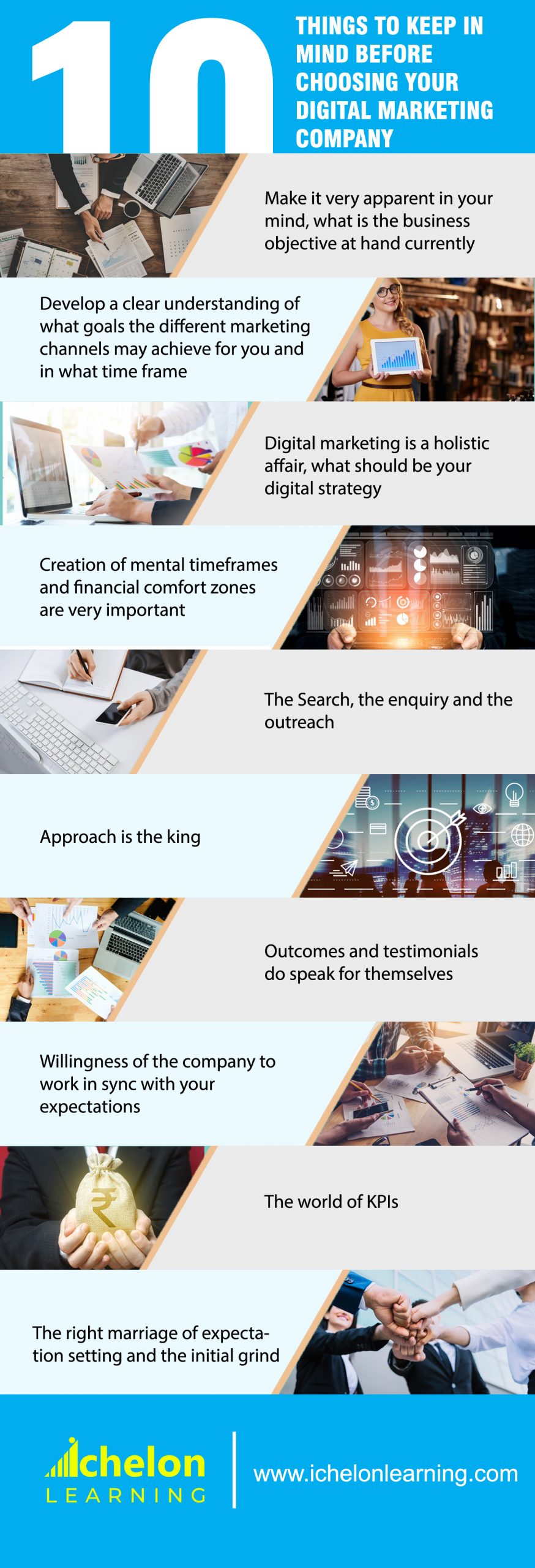Have you ever thought about a business idea, one idea that you are very confident of. One idea that you have discussed with friends and colleagues and may be even started with it in bits and pieces. If you are stuck with these thought processes, maybe this piece of writing could be of some help to you. What I am going to do here is to highlight some of the findings, learnings and observations ( analytical or real life ones) which I have amassed over the last 6 years of being an entrepreneur,a business coach and a growth consultant across more than 300+ corporate engagements.

1. The story of ideas: where everything begins
While every new idea has a face value of its own , the business value that gets captured is represented by the delta of advantage it serves for the desired customer base. Your Idea should be a simple one, easy to understand but should have its own USPs embedded in its business story. The comparison with a story is a very realistic one , as it needs to capture the imagination of the consumer for whom you intend to build the offering. And just like a story, the growth and the opportunity it should unravel with time should be something to look forward to. The construction of the idea should include the what, why, for whom, how and when in its coverage. It should be constructed in the format of an elevator pitch: if you can’t get their attention in that period, then it is very difficult to break in after that anyways. To perfect the different facets of your pitch for your idea, you should demonstrate it to through what we call a pilot study to a closed group: the group should easily represent all the important stakeholders in the ecosystem: The consumers, The buyers, The subject matter experts, The enablers, The mentors and the evangelists. While you may receive plenty of ideas and suggestions at this stage, It’s very important to plot a final fix before you get ready for the market. It’s not very wise to rush through this phase, as it may end up being the primary decider of the success or failure of the business idea.
2. The biggest soothsayer: The Market
Once you have a clear definition of a business idea ready with you, you need to validate it across the market opportunities and threats: both in niche and global markets. The longevity of success should always be kept in mind while drafting the business case. In simple words, the idea needs to remain sustainable over a period of time against all the competitive pressure it may have to bear in the coming times. While ease of doing business always remains one of the most prominent analysis and research one needs to do before going to the market, one should also focus on the market trends and business predictions that will drive the industry forward. Beyond evaluating the sustainability of the idea, scalability of an idea should always be kept in mind before you start. Once you start taking a deep drive into the ecosystem, it would identify a multitude of challenges of different levels that may hinder you in different capacities in the coming times. At this stage a competitive study would really help you finalize the important constructs of your business idea: things you need to do and things you should do to capture both the hygiene factors and the special factors for a long term business sustenance and scale.
3. The MVP would seek its acceptance in the market
After a decent deep drive in the ecosystem where you have seen the market, the consumer, their needs and wants and the competitors; you would be left with a pretty clear understanding of what are the red oceans and blue oceans in the market. You would be able to identify significant gaps in the current offerings, you may also come across some unmet needs , which you believed were really obvious and you may also come up with a utility that you would believe your customer would really value. While all these identifications are a part of the journey of entrepreneurship, this comes across as one of the biggest challenges to solve: the problem of plentitude. We do forget one very important aspect in our analysis i.e. if a need has been unidentified or kept unmet, there could be reasons behind it. We need to construct our business idea in a way that it captures the most important utilities in a structure which is easy to take to the market and targets an exhilarating opportunity in the form of a minimum viable product. This MVP is prepared with an ideology to validate all the important hypotheses for the current business opportunity and is able to prove the traction for the utility in the market.
4. The beautiful game of perception
Once you are ready with the MVP, you need to test it across the target audience. The testing could be virtual around the need of the MVP or the need of the value provided by the MVP. It may also be real time with a small group of people who could be your current or future buyers. The MVP could be prototyped, soft launched or offered as a futuristic utility to test multiple facets of consumer behaviour on the same. This pilot drive would create a perceived value in the mind of different target audiences, depending upon the complete value system presented to the groups and their acceptance and motivation for the offerings. Depending upon the perceived value, the target audience would have differential willingness to pay. This willingness to pay along with ability to pay are very critical elements for the success of the MVP.
5. A model for a lifetime
While nothing stays the same for a life, your business model framework needs to remain consistent throughout its existence. A global outlook towards the business model really makes it sustainable and scalable over a period of time. I could not emphasize more on the importance of your business model ,as it could be the most important differentiator in the business ecosystem you want to enter. Your business model dynamics depend on the nature of your business. If you are a part of a single network system then your business model solidarity is measured with different parameters compared to when you are a part of a double network system. Most of the businesses we observe nowadays, which have evolved out of a need of convenience and advancement in consumer trends and technologies, are a part of a double network system. If you are a part of a double network system, it is imperative to identify which side of the network you intend to build and which part you intend to milk; this is again a very important aspect that could make or break the day for you. Even in the case of the single network systems, it is imperative to identify what is going to be your biggest sustainable core proposition; is it going to be something connected with front facing elements or something concerned with backend empowerment. All these evaluations will help you construct a solid business model which could be made scalable and sustainable over a period of time.
6. The team which will win everytime
Once the business model is settled, you would need a team to implement it. While we are discussing this point quite late, it is as per me, the most important thing for the success of the venture. A team which breathes the same passion, has the same vision and may showcase the same level of patience and perseverance, would mostly succeed. Beyond these important facets, the balance of the team’s skill ecosystem is very important. At the start of the venture, different perspectives do make fantastic global opinions; opinions which are brewed indigenously but tested in different situations for different business hypotheses. Beyond this, if we could leverage the bonding and the trust built between the team members, nothing like it. Ofcourse, the team and all the important positions could be developed over a period of time but the spirit of cohesiveness needs to be instilled in the initial days itself.While i am very vehement about the cohesiveness of the unit, it is very important for the team members to honour the responsibility given to them which should make them stand for there individual goals along with company goals in both good and difficult times. While all the vectors need to point in the same direction to give cumulative benefits, it is imperative that they learn to receive the benefits of the frictional values as well; a very difficult art to learn and control.
7. The traction of go to market
You have the business model, you have the team and you have the MVP ready. What are you waiting for? Go out and hit the market. But wait: have you decided whether you are going to hit the market hard or do you want to go slow. While creating the MVP, you would have realized who are going to be your biggest buyers and who are going to be your immediate buyers. A Go to market strategy generally targets one or both depending upon the proof of concept seeked for the MVP. If we have an aggressive proof of concept, we should go for both of them, especially when we are more confident about our offering. If we wish to play conservative , we should choose multiple channels, mostly low on investment and then see the impact of our roll out as an outcome of our customer’s buying intention. We may keep on doing this round of roll out through multiple well planned experiments across multiple time frames to see the impact of channel , promotions and offerings on the final outcome of the buying intention.It is very important to test our business hypothesis wisely across multiple business scenarios and for a significant duration, to be confident of the go to market strategy implementation. The KPIs for evaluation generally depends on the strategy that is chosen and the industry we are operating in. If the business case of usage and utility is very well proven then the case on transactions is observed for the business model under observation and if that is also very well proven then we need to prove the case of profitability for the business model chosen.
8. The Commitment, the bootstrap and the cash flows
After a brief discussion on how to track your progress in the market, let’s move forward and discuss how to start with the limited resources at hand. Skin in the game is the most important fix for a startup cofounder and that is generally reflected by your work commitment and investments you are willing to do from your end. One needs to ensure that initially all the funds are coming from the close quarters ( family and friends) and from the core team of co-founders. While it’s your sweat that matters the most, it is imperative that you know the value of other people’s effort as well and hold the complete unit accountable for the business at hand. The biggest startup killer is the cash flows concern and this is where the concept of bootstrapping operations is very important. While the worth of the business is counted in most arenas by its valuation, all successful businesses are known for their balance sheet figures. While the topline shows the might of the business , the bottomline shows the intelligence and long term value of the business. As a startup, one KPI that should always be there at the top of our mind; would be being EBITDA positive as soon as possible and increasing turnover and profit numbers with every passing autumn.



